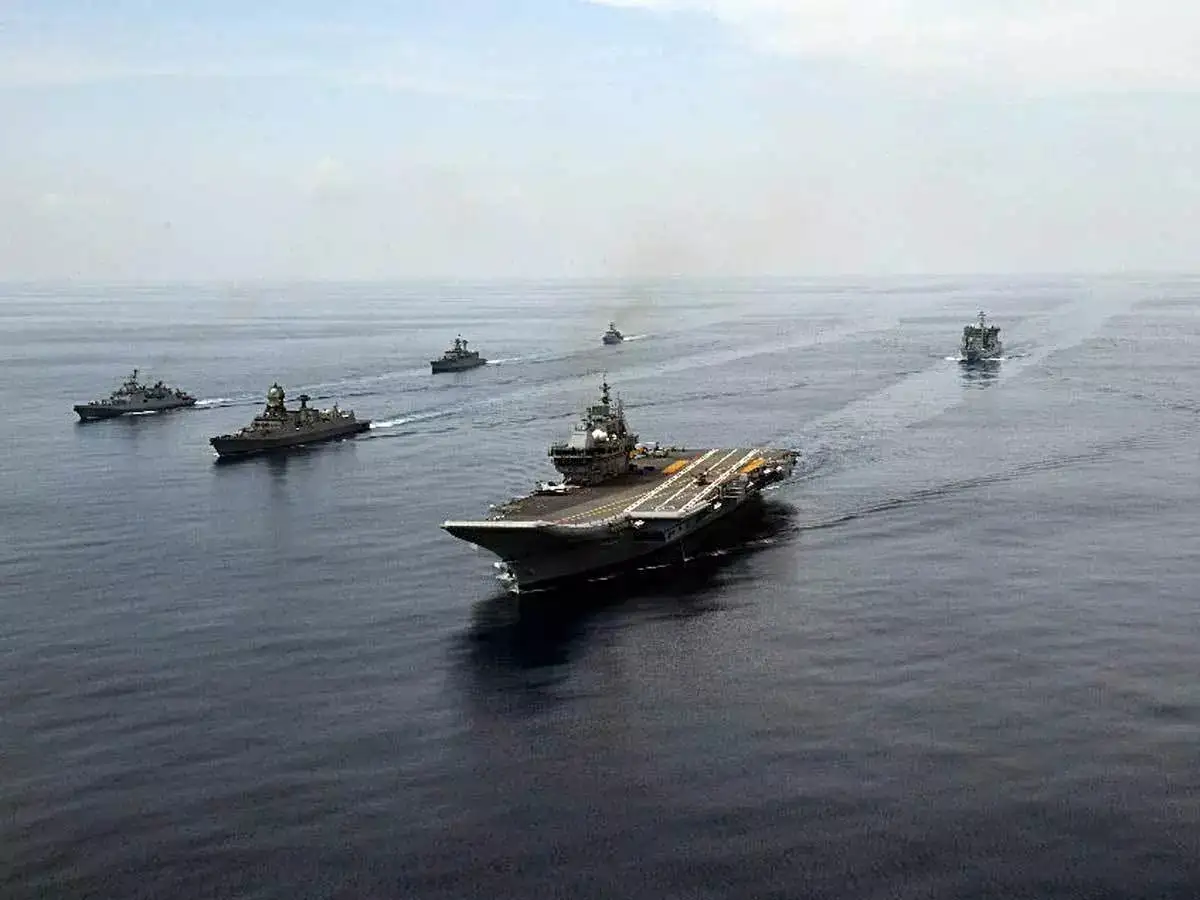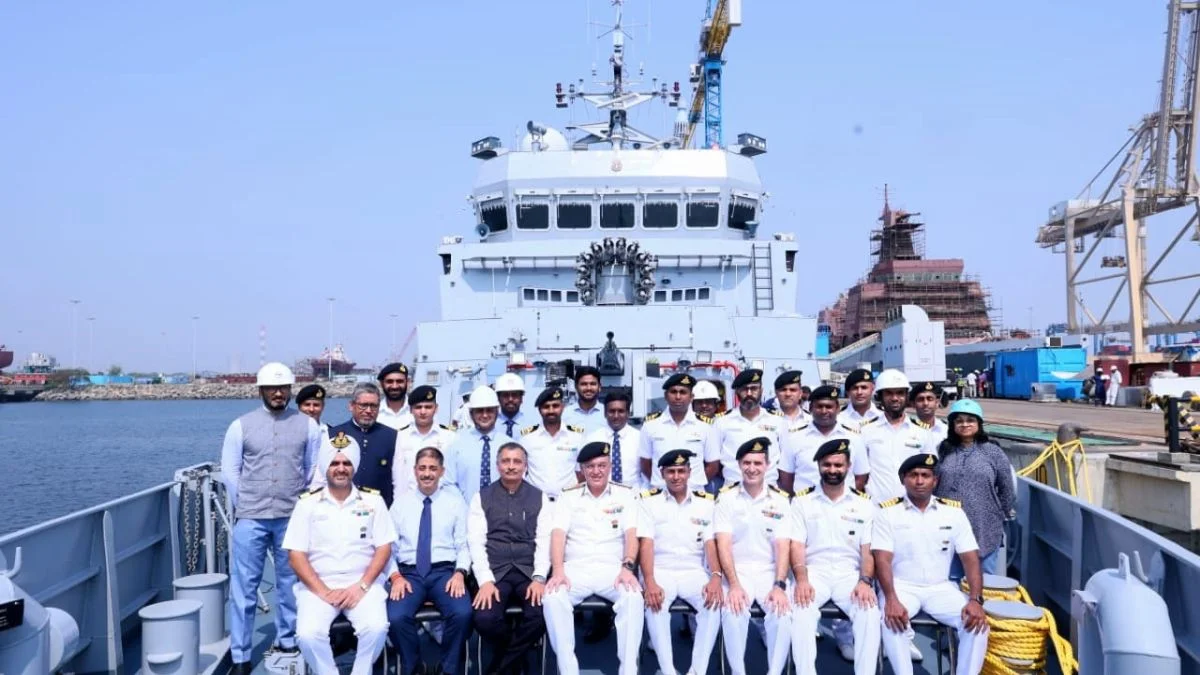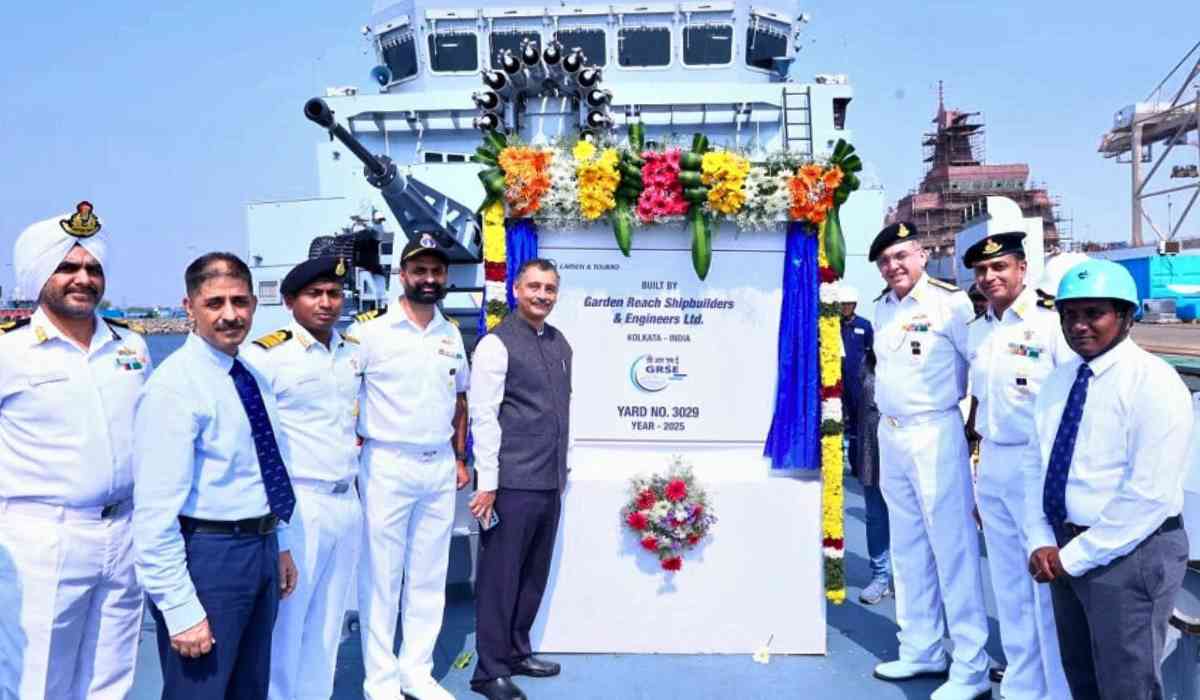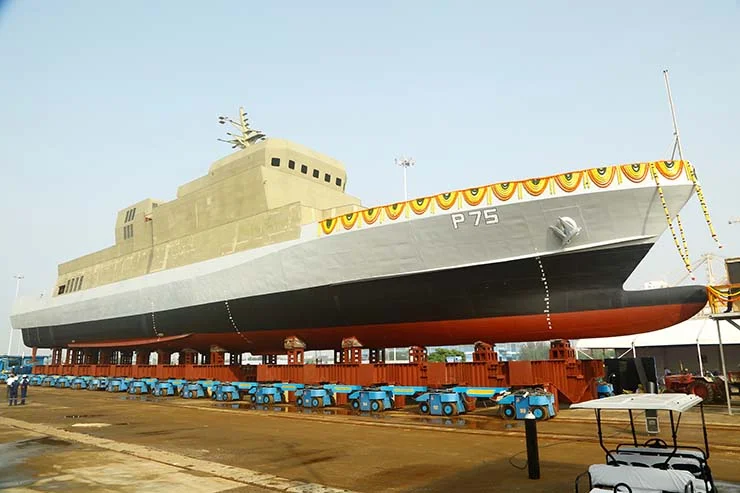Garden Reach Shipbuilders and Engineers Ltd. (GRSE), one of India’s leading shipbuilding companies, made headlines on July 21, 2025, by launching ‘Ajay’, the eighth and final ship in a special series of anti-submarine warfare shallow water crafts for the Indian Navy. The ship was launched at a ceremony in Kolkata, and this launch marks a big achievement for India's efforts to make its own defense equipment.

What Is ‘Ajay’ and Why Is It Important?
‘Ajay’ is part of a new class of ships designed specifically to find and stop submarines near India’s coasts. These ships, called Arnala-class, are meant for shallow waters — the places closer to land where larger ships cannot go easily. This is very important because hidden enemy submarines can sneak close to the coast, and these ships can detect and stop them before they become a threat.
Each of these ships is 77.6 meters long and 10.5 meters wide. Although they are not the largest warships in the fleet, they are highly advanced for their size. They are equipped with:
-
Lightweight torpedoes
-
Anti-submarine rockets
-
Mines
This means they can defend against underwater enemies but also take part in other missions, such as laying mines to protect areas, supporting aircraft, and even helping in rescue operations. Their ability to coordinate attacks with aircraft makes them extra effective.
A Boost for Indian Shipbuilding
GRSE, based in Kolkata, built all eight ships in this series for the Indian Navy as part of a program worth around ₹6,311 crore, under a larger plan to boost India’s defense equipment by building it at home. More than 80% of the materials used in these ships come from Indian suppliers, making them prime symbols of India’s “Make in India” goal.
In addition, these ships are expected to replace the aging Abhay-class corvettes, which have served since the 1980s. By doing this, the Indian Navy is making sure its technology and equipment are up to date and ready for new challenges.

Why Does India Need These Ships?
India has a huge coastline — more than 7,500 kilometers. Protecting it is not easy, especially with the increasing number of submarines from other countries, like China and Pakistan, coming into the Indian Ocean. With ships like Ajay and its sisters, the Navy can keep a close watch on shallow waters where submarines might try to hide.
Being able to find and attack enemy submarines close to shore is also important for protecting big cities, ports, and important sea routes. Without these ships, the Navy would have gaps in its defenses.
What Does This Mean for the Future?
The launch of ‘Ajay’ shows that India is getting stronger when it comes to building its own high-tech defense products. People following the news and experts believe this is just the start. As India keeps modernizing its Navy, there could be even more advances in shipbuilding within the country.
This effort is not just about safety or technology. It also creates jobs, grows the economy, and boosts local industries. It inspires young people to study science, engineering, and technology. Many believe these achievements bring national pride too.
Public and Expert Opinions
Many defense analysts are calling this a "milestone" for Indian shipbuilding. People on social media are sharing messages of pride, pointing out how India is reducing its dependence on foreign arms suppliers.
However, some voices note there's still more to be done. The Indian Navy still faces challenges from modern submarines and needs to keep improving with newer technology. Suggestions from the public and experts range from investing in underwater drones to collaborating even more with private companies and international partners for research and development.
Final Thoughts
While this new fleet is a big step forward, it is important to remember that maritime security is an ongoing challenge. Each advance by India could lead to new responses from other countries, so the "race" to stay ahead never really ends. The launch of Ajay is not the finish line but a milestone in a longer journey.
For now, the Indian Navy is stronger, and people across the country have a new reason to feel proud of what Indian scientists, engineers, and workers can achieve together.
With inputs from agencies
Image Source: Multiple agencies
© Copyright 2025. All Rights Reserved Powered by Vygr Media.






















